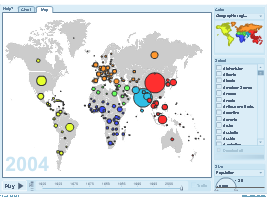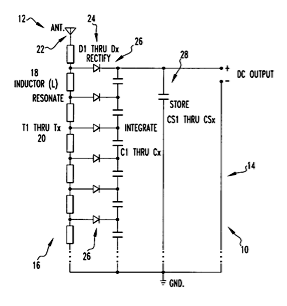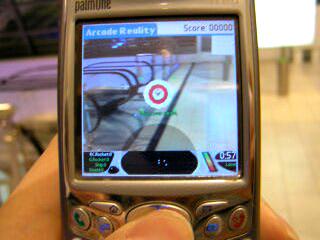We can’t lose
President Bush on Border Security, 11/28/05:
And one of the best examples of success is the Arizona Border Control Initiative, which the government launched in 2004. In the first year of this initiative — now, listen to this, listen how hard these people are working here — agents in Arizona apprehended nearly 500,000 illegal immigrants, a 42-percent increase over the previous year.
President Bush on Border Security, 4/9/07:
In the months before Operation Jump Start, an average of more than 400 people a day were apprehended trying to cross here. The number has dropped to fewer than 140 a day. In other words, one way that the Border Patrol can tell whether or not we’re making progress is the number of apprehensions. When you’re apprehending fewer people, it means fewer are trying to come across…. We’re seeing similar results all across the southern border. The number of people apprehended for illegally crossing our southern border is down by nearly 30 percent this year. We’re making progress. And thanks for your hard work. It’s hard work, but necessary work.
(Via Media Matters)


